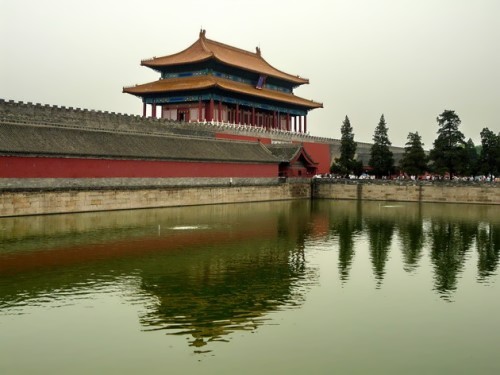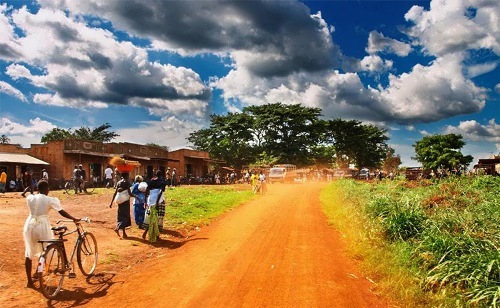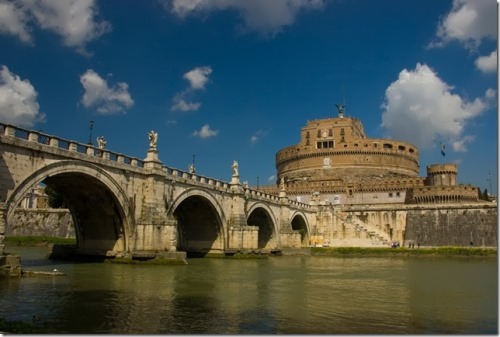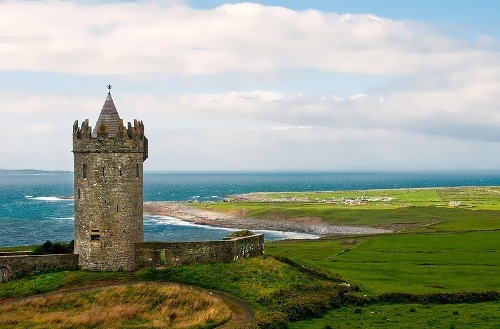Gugong – Forbidden City
Forbidden City (Gugong) is in the center of the capital of China – Beijing, north of the famous Tiananmen Square. According to prayer: “Heaven meets Earth, wind and rain come together and Ying and Yang live in harmony here”. This palace of the emperor is the world’s largest palace by number of rooms and is about 600 years old.
During the reign of the Ming and Qing one of the main religious rituals of emperors was praying. The emperor was considered sacred, born by Mother Earth and Father Heaven, so he alone was allowed to worship the god of the earth and the god of the sky.
The Yongle Emperor (personal name Zhu Di or Chu Ti), who ruled from 1403 to 1423, ordered to build a wonderful temple close to the center of Beijing. The construction began in 1406 and was completed 14 years later. Walls, fences, roofs were constructed by around a million workers. In 1420 the building was ready but it was forbidden to cross its borders for mere mortals. Only the emperor and his family, eunuchs, concubines, guards and servants could be there.
More »






